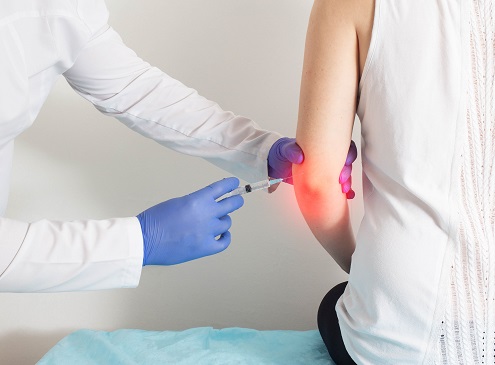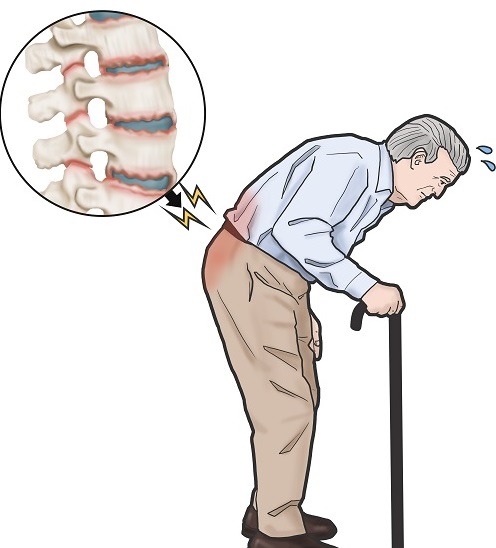Multiple sclerosis (MS) is a chronic demyelinatinginflammatory disease of the central nervous system and is monitored by multifocal neurological involvement. It is the most common neurological disease under the age of 40. It is estimated that there are 2.5 million MS patients in the world and about 50000 MS patients in our country. Demyelinatingplaques appear in the brain and spinal cord. The exact cause is not yet clear. It is accepted that it is an autoimmune disease and that the immune system plays a role in the development of the disease. Functional and cognitive impairment develops in most patients with widespread impact on walking, coordination, bladder and sexual functions.
Who has MS?
The average starting age of MS is 30, and in women it starts about 5 years earlier than in men and is more common than in men. The ratio of men and women is 1.77/1. MS is not an inherited disease, but it is more likely to occur if the family has a history of MS.
What are the Multiple Clinical findings?
Symptoms such as weakness, walking disorders, impaired balance, tremor, swallowing/breathing difficulties, lethargy, pain, loss of sensation, double vision, loss of visual acuity, incontinence, frequent urination, constipation may occur in MS patients according to the region where there is involvement in the nervous system. The initial clinical findings of MS are highly variable. Initially, 50% of patients develop unilateral symptoms. 48% of patients have visual impairment (optic neural) and 40% have weakness. Weakness develops most in the lower extremity. Paresthesia can be found in all periods of the disease and often occurs with pain. The disease is observed by exacerbation and deflation, and its course varies considerably. Usually, a long non-attack period is observed after one or two attacks. Pause-repeat, repetitive-progressive, chronic progressive forms can also be seen.
How is MS diagnosed and should further examination be required?
The most important step in diagnosis is a good neurological history and physical examination. Certain diagnostic criteria are available for MS. In addition, the most sensitive diagnostic test for MS is MRI. In patients who are clinically compatible with MS, the presence of demyelinating plaques inyüzelci the central nervous system in MRI makes the diagnosis of MS. However, diseases such as inflammatory diseases, infectious diseases, granulomatosis diseases, myelin diseases, vitamin B12 deficiency that hold the nervous system can cause a similar clinical picture. Therefore, auxiliary laboratory tests such as cerebral spinal fluid analysis and stimulated potentials are also used in the diagnosis.
Therapy
The earlier the treatment of MS is started, the easier it is to prevent long-term disability. Although there is no treatment that eliminates MS, there are drugs that stop or slow the progression of the disease. Anti-inflammatory drugs, especially corticosteroids, immunosuppressive treatments and immunomodulatory therapies are used in the treatment.
Rehabilitation
With rehabilitation, the level of independence of the patient is tried to be maximized. During the period of acute exacerbation, bed rest and the patient need to be removed from all physical and psychological stresses. Apart from exacerbation periods, the exercise program should be organized by taking into account the periods of fatigue during the day. During treatment, care should be taken not to increase fatigue and body temperature. Increased body temperature can worsen MS symptoms. Therefore, the need for air conditioning in patients' homes and cars is an important issue. The exercise program is planned according to the neurological loss and condition of the patient. Motor problems compensatory and inactivity-related problems should be prevented a treatment program should be prepared. In addition, the patient's work skills should be improved. The patient's sitting and standing balances should be maintained and walking should be corrected. Various devices can be given if necessary, depending on the patient's condition. If spasticity has improved, stretching and joint mobility exercises are tried to reduce, problems that increase spasticity are detected and prevented, medication can be given if necessary, botulinum toxin A injection can be given to spastic muscles. Occupational problems are also tried to be solved in patients. Bladder and bowel rehabilitation is also very important in patients with MS. It is also known that MS patients benefit greatly from psychological support.
Recently, ozone therapy can be effective and used in the treatment of MS. More recently, there have been publications which show that stem cell therapy is also promising in the treatment of the disease.
RESOURCES
1) Medical Rehabilitation. Hasan Oguz, 2004.
2) Physical Medicine and Rehabilitation Handbook. Randall L. Braddom. Tansu Aral (Ed), 2005.
-Rehabilitasyonu.jpg)





